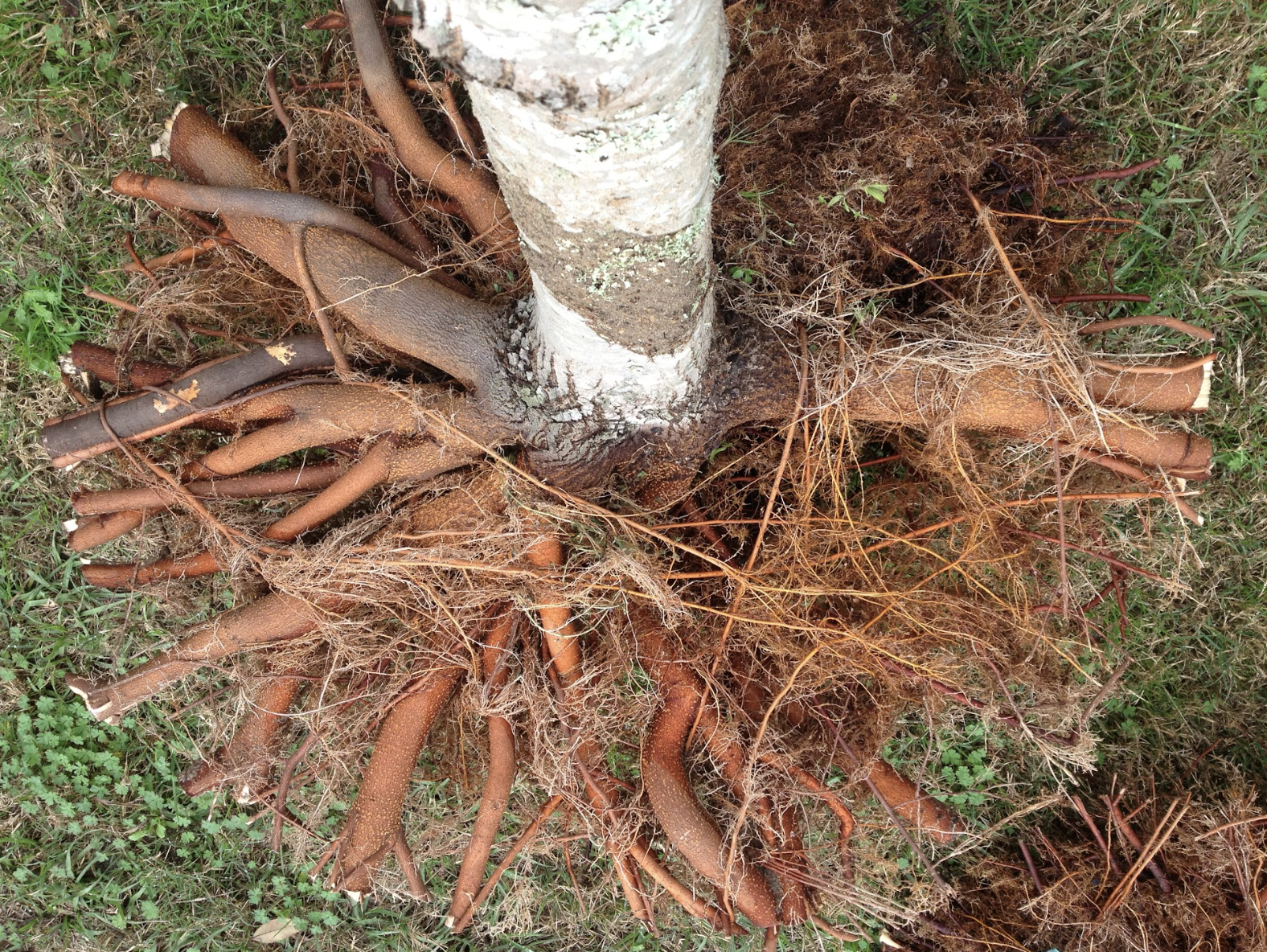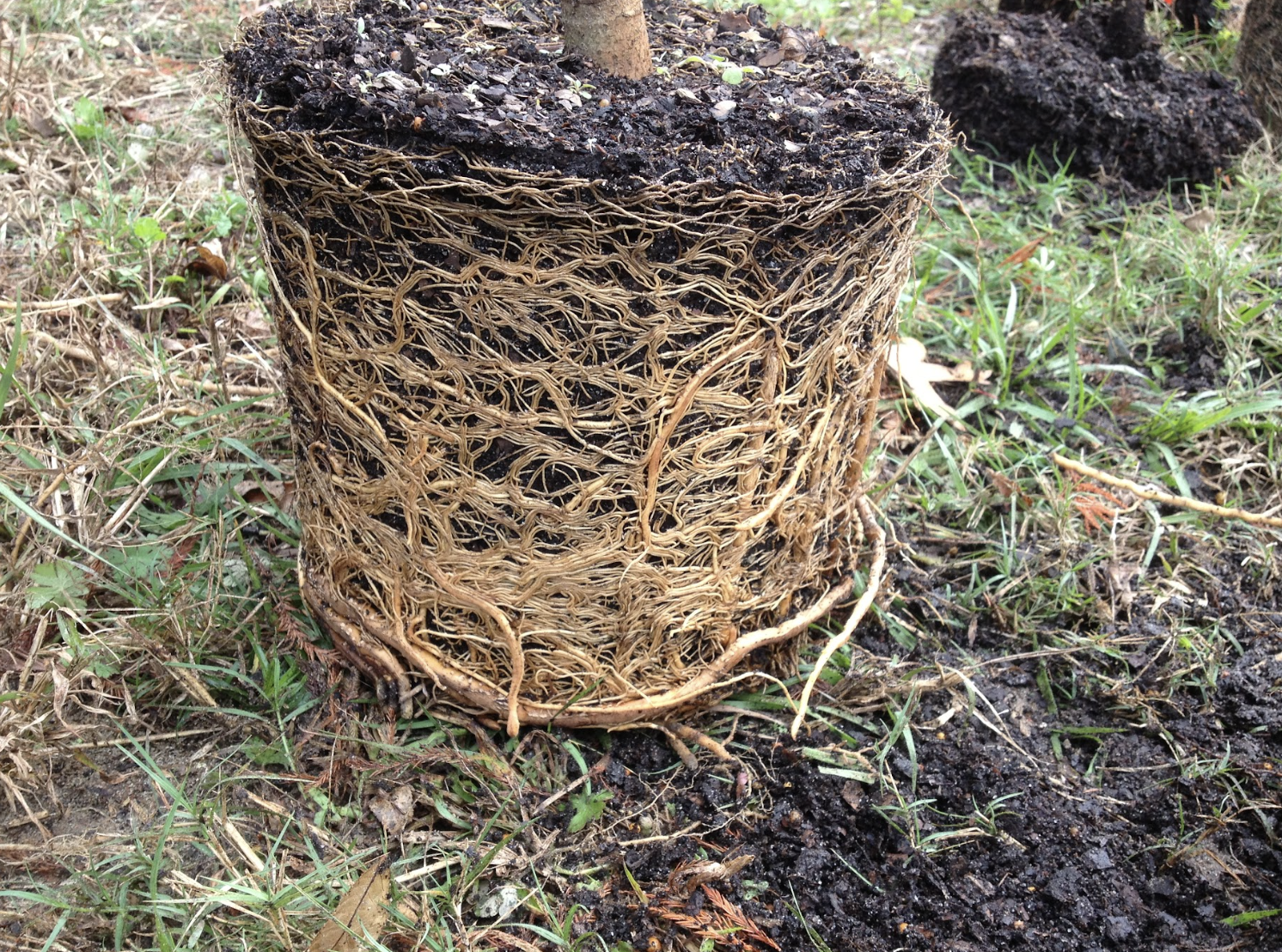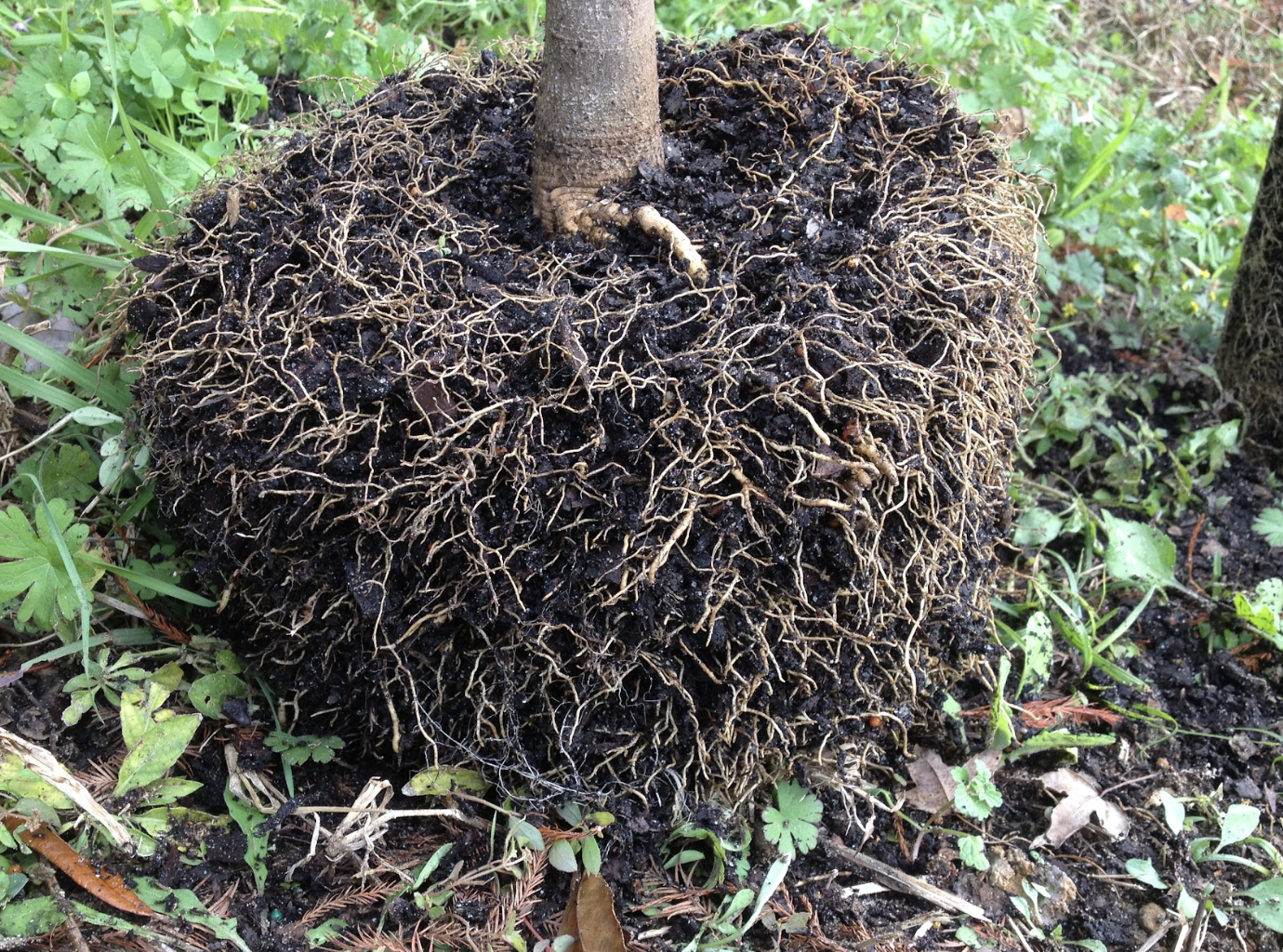Hardscape.com Joins SiteOne Landscape Supply
ROSWELL, Georgia—June 4, 2024—(BUSINESS WIRE)—SiteOne® Landscape Supply, Inc. (NYSE: SITE) announced today its acquisition of AC Florida Pavers, LLC...
 Last issue Florida grower John Conroy talked with Laurie Hall from CHW about Right Plant, Right Place. In this issue, John interviews Dr. Ed Gilman, urban tree specialist, prolific author and environmental horticulture professor emeritus with the University of Florida. For over 30 years he’s worked with professionals across the industry including arborists, consultants, landscape contractors, growers, urban foresters, planners and landscape architects on understanding the architecture of tree branch and root structure and why it is critical in how and why trees fail or succeed in the landscape.
Last issue Florida grower John Conroy talked with Laurie Hall from CHW about Right Plant, Right Place. In this issue, John interviews Dr. Ed Gilman, urban tree specialist, prolific author and environmental horticulture professor emeritus with the University of Florida. For over 30 years he’s worked with professionals across the industry including arborists, consultants, landscape contractors, growers, urban foresters, planners and landscape architects on understanding the architecture of tree branch and root structure and why it is critical in how and why trees fail or succeed in the landscape.
In the July/August issue, John will discuss more about Florida Grades and Standards for Nursery Plants and its impact for the betterment of the industry.
This interview has been edited and condensed for clarity
John: Ed, let’s start by talking about the main reasons planted trees fail or succeed in the landscape.
Ed: There are three main reasons for a tree’s success or failure. First, the pruning at planting; second, grades and standards; and third, the root system and depth.
John: What issues have you seen when there was no pruning at planting?
Ed: I’ve traveled to many countries, have pruned trees and learned a lot from arborists worldwide. The indelible common thread that I have observed is that lower trunk and branch architecture is pretty uniform in regard to urban planted trees. Whether it’s Singapore, Hong Kong, Boston or Seattle, hardwoods of different species have similar structures. In those places and more, after the tree gets installed and established, nobody is really in charge of training the tree to develop sustainable architecture. Landscapers and homeowners might prune the low branches away but don’t always think about the branches higher in the canopy. Without structural pruning, defects can develop which shorten tree life.
 Quality root systems have roots radiating from the trunk like spokes on a wheel
Quality root systems have roots radiating from the trunk like spokes on a wheel
John: What’s the best way for landscapers to tell if a tree has a proper branch structure?
Ed: What we look for is a trunk (central leader), that is considerably larger than any of the branches. It’s best to have branches about half the size of the trunk. Here in Florida, the Florida Fancy or Florida #1 specification requires that no branches are greater than two-thirds the diameter of the trunk. If they are larger than the desirable ratio then you simply reduce that branch to slow its growth by cutting back to a lateral live branch. This process is called subordination. You can develop good branch architecture and still achieve the silhouette customers want, a rounded, upright oval or a pyramid shape, depending on the species. The bottom line is, whether it’s a city, a homeowner’s association, a commercial or residential client, they don’t want trees falling in weather, and they don’t want the replacement cost of a tree that fails due to a weak structure.
 Slowing vigorous aggressive branches
Slowing vigorous aggressive branches
John: What are some of the structural defects you’ve seen?
Ed: I have seen trees all over the planet from tropicals, elms, maples and oaks where failure occurred on branches present on the trunk at planting. This is halfway up the crown or at the top of the nursery crown. If this were taken care of by specifying a tree that meets Florida Fancy standards, or by structural pruning at planting, we would see fewer of these issues occurring.
John: We’ve worked a lot together on Florida’s Grades and Standards and we’ve come a long way as an industry. Are other states following the same criteria?
Ed: I know many people are aware of our grades and standards, but a stumbling block is the word “Florida.” Understandably, they want something of their own. Here in Florida as you know, we started the “Great Southern Tree Conference,” and we all learned a lot about cultivating trees. I learned so much from growers like yourself. So we can continue to encourage people in other states to learn for themselves and find what works.
"With standards—combined with specifications—in place, the customer gets a better tree."
We need to continue to teach folks that pruning at planting is a good idea when structural defects are observed in the tree.
 John: We have talked about how the twig bends, now let’s talk about as the root circles. You’ve taught us that roots deflected during their stay in the nursery can compromise the longevity of that tree. Trees can even become unstable when roots are deflected. What are some things landscapers can do to ensure a healthy root system?
John: We have talked about how the twig bends, now let’s talk about as the root circles. You’ve taught us that roots deflected during their stay in the nursery can compromise the longevity of that tree. Trees can even become unstable when roots are deflected. What are some things landscapers can do to ensure a healthy root system?
Ed: You want a healthy rootball, and you should inspect the roots at delivery. Get in there and get dirty and take a closer look. The important defects are near to the top of the rootball close to the trunk, meaning that observations can be quick. If the tree was initially grown in a small container and the roots are all in a knot, it will be very loose in the soil versus if the roots go straight out. High quality trees have straight roots at or near the top of the rootball. These trees become stable and establish quickly. Having to stake a tree that’s 3-4 inches in diameter because its unstable can be a sign of poor quality. People are spending hundreds and even thousands of dollars on a single tree, and if it goes south because of bad roots, that’s a big problem. The tree can look green and have a high vitality but be unstable. We’ve seen this in hurricanes. Healthy, vigorous trees of any caliper down by the thousands.
John: You can shave the outside of a container root system to make sure from that point forward you have a radiating root system, but what might have happened previously is difficult to correct. The roots could have developed improperly from the get-go, even in the original propagation container. Often by the time the tree gets to a one-gallon container, it’s too late.
Ed: Yes, I think if we can make small changes in the first few weeks and months after propagation, we can increase the quality of our plant material and reduce the likelihood of failure. We need to teach more people how to inspect roots, prune at planting and use a grades and standards document which details the proper development and care or trees. This practice will help move the industry forward.


(Left) Before shaving: There are many roots on the outside of the rootball; (Right) After Shaving: These off, remaining roots are straight, radiating from the trunk like spokes on a wheel
John: Thank you, Ed. We will delve more into grades and standards in the next issue.

ROSWELL, Georgia—June 4, 2024—(BUSINESS WIRE)—SiteOne® Landscape Supply, Inc. (NYSE: SITE) announced today its acquisition of AC Florida Pavers, LLC...

Elevate Your Clients’ Outdoor Spaces With These Fabulous Products